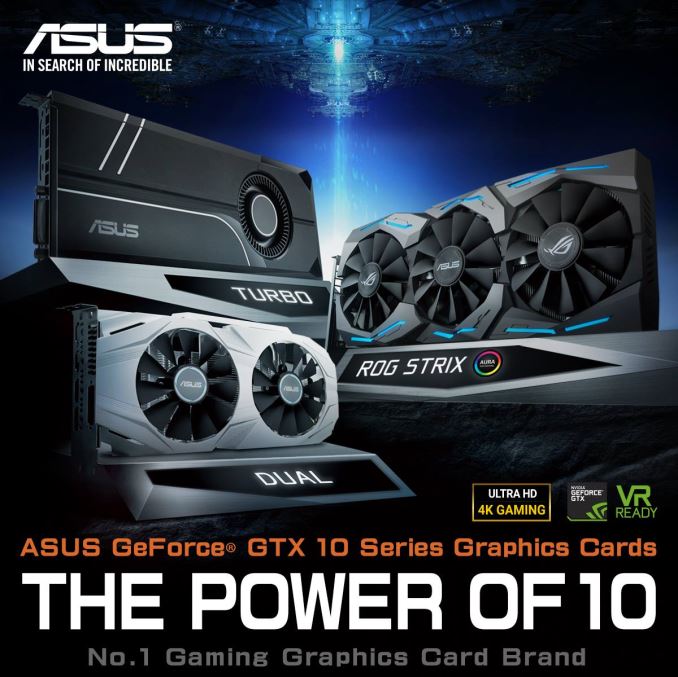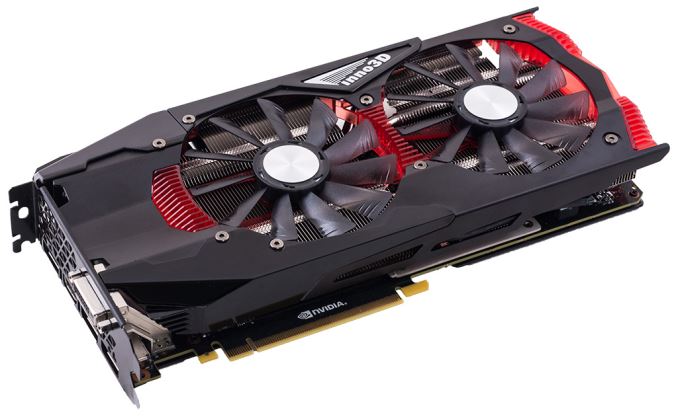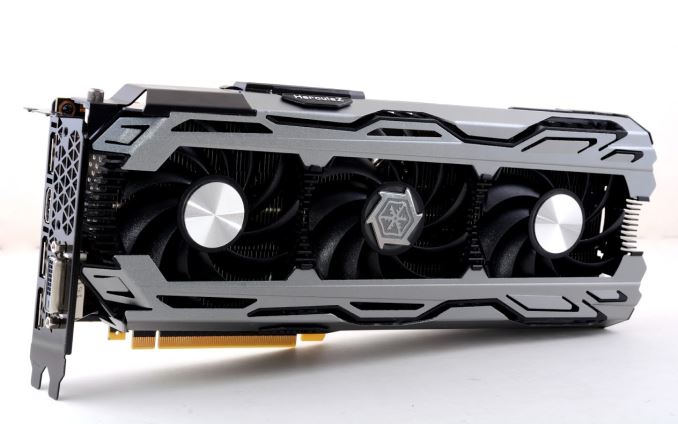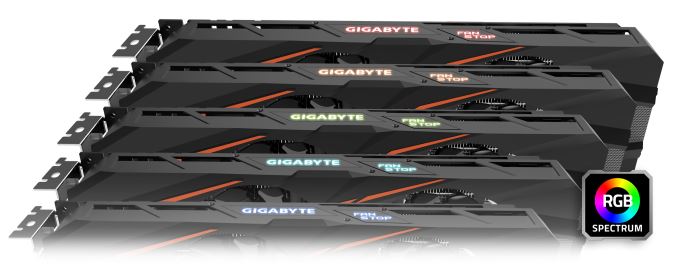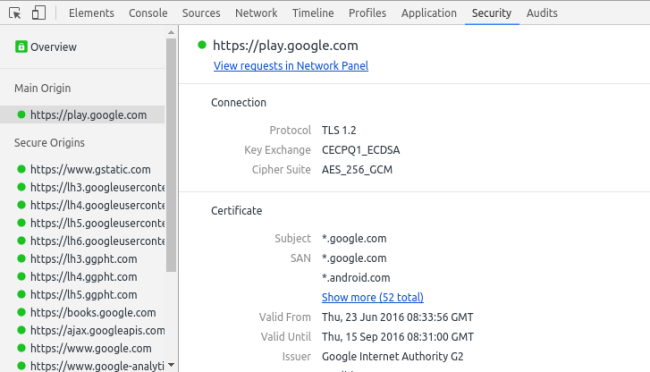Nei giorni scorsi Fastweb ha comunicato di aver portato i 200 Mbps in downstream su architettura FTTC in ben 24 città italiane.
La società utilizza la tecnologia eVDSL (VDSL Enhanced) per portare tale banda dapprima fino all’armadio stradale e poi sul tradizionale doppino telefonico in rame sino all’utente finale. Si tratta di un passo avanti notevole perché Fastweb raddoppia la banda (100 Mbps) sinora considerata come traguardo difficilmente superabile nelle situazioni in cui la fibra non arriva fino al “modem” dell’abbonato.
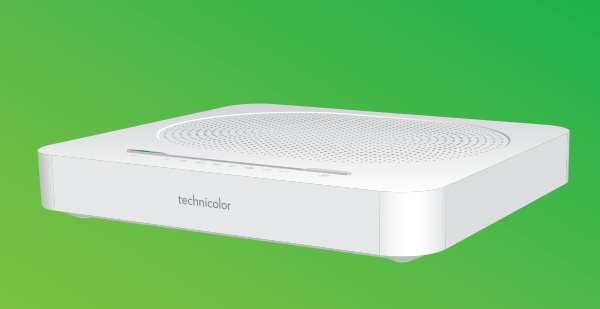
La novità è che oggi sono trapelati i dettagli tecnici sul modem che Fastweb fornirà ai clienti raggiunti dal collegamento a 200 Mbps.
Si tratta di un Technicolor TG789vac v2, dispositivo compatibile VDSL2, WiFi, capace di gestire numerazioni VoIP e dotato di quattro porte gigabit ethernet.
Per migliorare la copertura della connessione WiFi, il gateway di Technicolor ricorre al metodo MIMO (vedere Che cos’è MU-MIMO e può davvero migliorare la connessione WiFi?).
Chi volesse dare un’occhiata, in anteprima, al manuale del nuovo gateway Technicolor fornito da Fastweb, può fare riferimento a questo documento.
Fastweb osserva che il gateway è stato concepito per “accelerare la fornitura di servizi a banda ultralarga, come ad esempio il 4K/UHD video streaming e le altre applicazioni “connected home”“.
Autore: IlSoftware.it


